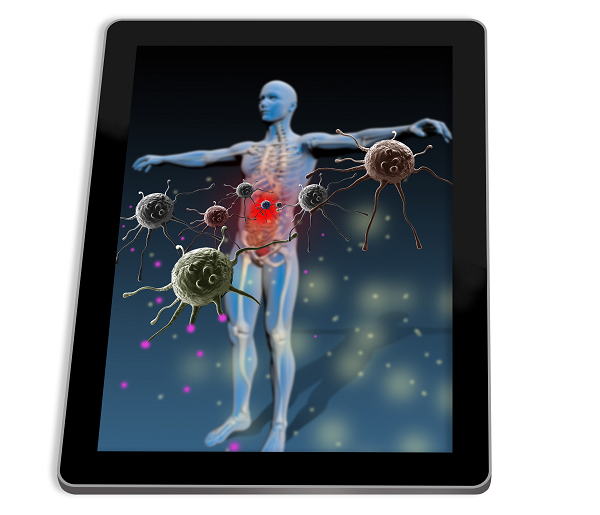Proper hand washing techniques prevent the transmission of infection and help save lives. Over 280,000 people die of infection related nosocomial infections in various health care facilities yearly. A nosocomial infection is an infection which someone acquires after they have been admitted to a health care facility for another illness. Typically, within 48 hours after admission, if the patient begins to develop signs of an infection, we say that this patient has developed a hospital acquired infection.
When you think about how many things we touch daily, it should come as no surprise that we come in contact with millions of germs. Most germs are harmless in the sense that that do not hurt us. However, if they are viruses or harmful bacteria and we touch our eyes, nose or mouth, we can introduce infection into our body. Phlebotomy Technicians and medical assistants who work with patients daily must be aware of good hygiene.
The area that comprises our nose, eyes and mouth is also known as the “T-Zone”. Many of us constantly touch our T Zone constantly especially those with allergies. It is especially important to know how to properly wash your hands. So let’s take a look at the steps involved in hand washing, particularly in these trying times of the Corona Virus or Covid-19.
Step 1. Never touch your uniform or clothes to the wash sink. Turn on the faucet with clean paper towel.
Step 2. Rinse your hands with warm water. The water does not have to be hot because it can cause burning and disrupt the epidermis of the skin thereby causing risk of infection.
Step 3. Apply soap. The soap should be antibacterial soap, but any soap should do as long as you use it correctly. Make sure that you use a healthy amount of soap to work up a thick lather. Wash between your fingers, scrub your fingers on your palms to clean your fingernails and wash your wrists by encircling your hand around your wrist using back and forth motion. If you do this correctly it should take about 30 seconds.
Step 4. Rinse. Rinse from your fingertips to your wrist. Also rub your hands together thoroughly until all the soap is gone.
Step 5. Do not FLICK! With the water running, grab enough paper towel to dry in order, fingers, palms and wrists with a dry side of the paper towel. This ensures that the paper towel that dries each part of your hand is fresh and you are not spreading any bacteria from one place to another.
Step 6.Take a piece of clean paper towel and shut off the faucets.
Step 7. If you choose to use hand sanitizer, then a small drop should be sufficient. Rub the hand sanitizer thoroughly into your hands until dry.
Step 8. If you must apply gloves to perform a procedure then now would be the time to apply them.
This may seem like a lot of work, but ask any health care professional and they will tell you that they lose count of how many times they wash their hands within 15 minutes of being on the floor. If you use this hand washing technique you will not only prevent yourself from illness but others as well.
Keep in mind that you should wash your hands before and after using the bathroom, eating, preparing food or anytime you feel the need. Hand sanitizer is not a substitute for hand washing. Though many believe that hand sanitizer can kill everything, they are wrong. There is no substitute for hand washing. The video shows surgical hand washing, which is where the physician washes up to their elbows. This type of hand washing is much more thorough and takes up to 20 minutes. The physician also uses a much more stringent antibacterial soap such as chlorahexadine along with a nail brush.
A small bit of information regarding hand hygiene. Please do not have long painted nails if you are in the food service of healthcare industry. Nails, especially if they are long and can be seen over the tips of your fingers are a health hazard. Bacteria thrive under the nails and long painted nails are a reservoir for many bacteria. Think twice before you begin mixing your meatloaf with you hands.
Keep safe, practice good hand hygiene and we will all get through these trying times without sickness.

Nancy L. Kimmel obtained her PhD in Environmental Engineering in 2002, then went on to teach Physics and Mechanical Engineering at Lawrence Technological University, Henry Ford College and Oakland University. She obtained her Associate in Nursing from Henry Ford College and then went on to earn her Master Degree as a Family Nurse Practitioner and became Board Certified working as a licensed FNP in the State of Michigan. She then went on to Medical School where she is now in her 3rd year, and is also in the process of obtaining her Doctorate in Nursing Practice through Chamberlin University. She has authored the NET Study Guide, as well a several books on subjects of Math, ECG/EKG and Phlebotomy. She holds a patent on an Air Filter through the U.S. Patent Office.


